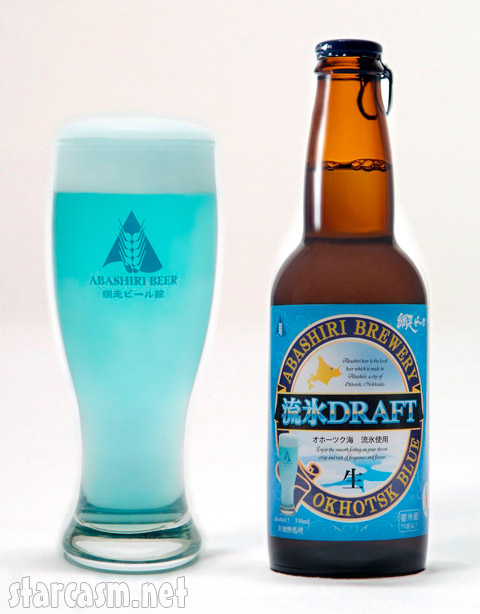EvanMyl
Well-Known Member
- Joined
- Aug 16, 2014
- Messages
- 46
- Reaction score
- 1
Hi everyone,
So, my work's brewing club was given a very specific challenge in exchange for a dedicated brewing room in the premises; make a baby blue beer with 7% ABV.
My first thought was to make the palest witbier possible and add food coloring. Another idea was to add a spirulina paste in secondary, which is 70%+ protein (opportunity for great head there).
Does anyone have any experience from adding non-malt derived color to brews and what challenges I should expect?
So, my work's brewing club was given a very specific challenge in exchange for a dedicated brewing room in the premises; make a baby blue beer with 7% ABV.
My first thought was to make the palest witbier possible and add food coloring. Another idea was to add a spirulina paste in secondary, which is 70%+ protein (opportunity for great head there).
Does anyone have any experience from adding non-malt derived color to brews and what challenges I should expect?



























































